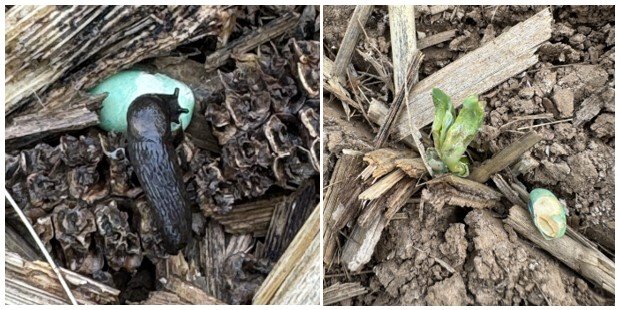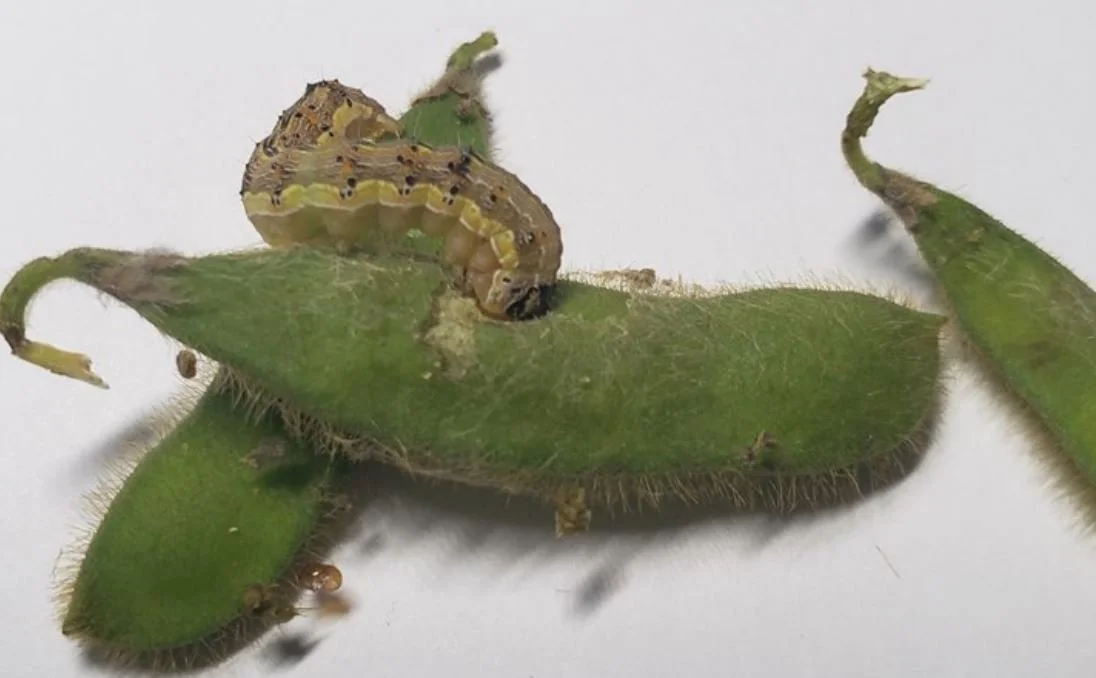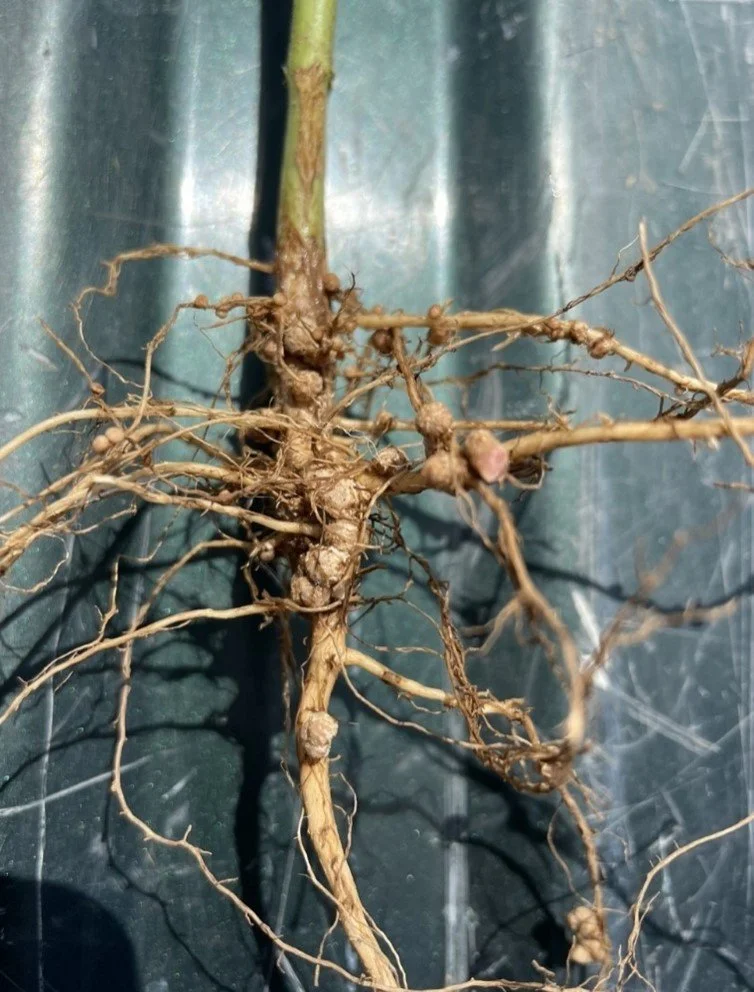Remnants of Hurricane Helene and the rains just prior to resulted in about 4 to 5 inches of rainfall in many areas across Kentucky. Some parts of Western Kentucky recorded over 6 inches of rain, according to the Kentucky Mesonet.
Read MoreSince the end of March and the first week of April we have been observing slugs in various stages of development as well eggs in soybean and corn fields.
Read MoreOne of our county agents was contacted by a farmer asking about new requirements from ADM on soybeans being sold at ADM Silver Grove location in the fall of 2024.
Read MoreThis is the time of the year when contest-winning corn and soybean yields are announced. Some of the winners set records for the highest yield ever – yields that can be as much as 3 or 4 times the average U.S. yield. Yields that high bring to mind the silver bullet syndrome…
Read MoreIt’s a pleasure to announce the winner in the 2023 soybean production contest! Congratulations to O’Bryan Grain Farms in Daviess County. They achieved a yield of 100.80 bu/A using Pioneer P32T26E seed.
Read MoreBoth corn and soybean finished strong across Kentucky despite lower total rainfall amounts across most of the state. The 2023 Kentucky corn crop is estimated by the Kentucky Office of the United States Department of Agriculture National Agricultural Statistics Service (USDA-NASS) at 183 bushels per acre, up 17% from 2022, making the second largest corn crop on record.
Read MoreKentucky corn and soybean yields this year were better than many expected. They didn’t set records, but they were close.
Read MoreOctober 31st marks the end of the harvest price discovery period for revenue protection crop insurance policies. The harvest price is used to calculate crop insurance indemnity payments and is the average December corn and November soybeans futures settlement prices during October.
Read MoreEither corn or soybean fully submerged more than 24 hours in these temperatures likely died. Plants in fields flooded for about 48 hours or more - even with plants exposed - likely will die. Generally, the area of plant death is larger than we initially estimate. If the water was over the ears for about 24 hours, then the ears are lost. They very likely have started to rot by now.
Read MoreFreezing temperatures were recorded across Kentucky Monday morning, April 24, 2023. The coldest temperatures were mostly in central and eastern Kentucky, but freezing temperatures were as far west as Trigg and Webster counties.
Read MoreDuring the last couple of years, slugs and snails have become serious pests of soybeans in many areas of the North Central U.S., including Kentucky, Illinois, Indiana, Ohio, and West Virginia. These mollusks feed on germinating seeds until the V0 to V4 growth stages of soybean plants.
Read MoreA common belief among soybean producers is that more nodes are the key to higher yields. Since flowers and pods are produced at nodes, it’s obvious that more nodes will result in more pods and higher yield, or so the story goes.
Read MoreIt’s a pleasure to announce a new state yield record in the 2022 soybean production contest! Congratulations to Dennis McKay in Daviess County for achieving a new state record, 112.18 bu/A using AgriGold seed.
Read MoreThe corn earworm is a well-known pest of corn, cotton, tomato, hemp and, other crops including soybeans, where it can be a challenging pest, especially in the southern United States.
Read MoreFor those farmers who have been dealing with ryegrass and have known problematic fields, it may be pertinent to start planning for ryegrass control with a fall residual herbicide application.
Read MoreAll the combination of issues described above may have contributed to the bad conditions observed in this field. Thus, the yield from this field may be entirely lost
Read MoreWith such high nitrogen requirements, it is important that soybean plants produce enough root nodules to supply the majority the plants nitrogen needs. Environmental factors, including drought and soil temperatures at or above 90°F can significantly decrease the plants’ ability to produce root nodules.
Read MoreSymptoms of soybean leaves with interveinal chlorosis and interveinal necrosis have been observed in several fields across Kentucky recently.
Read More















